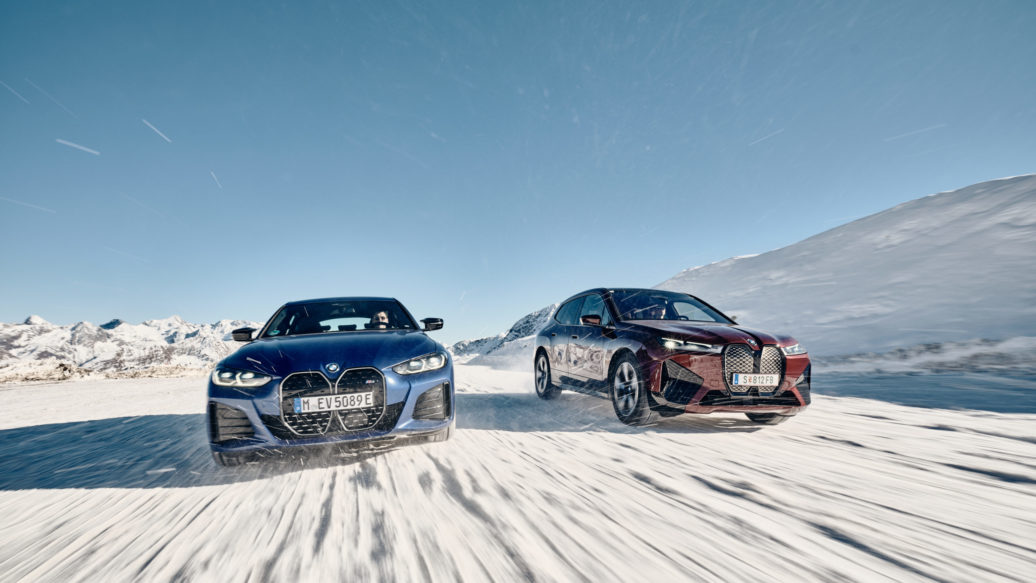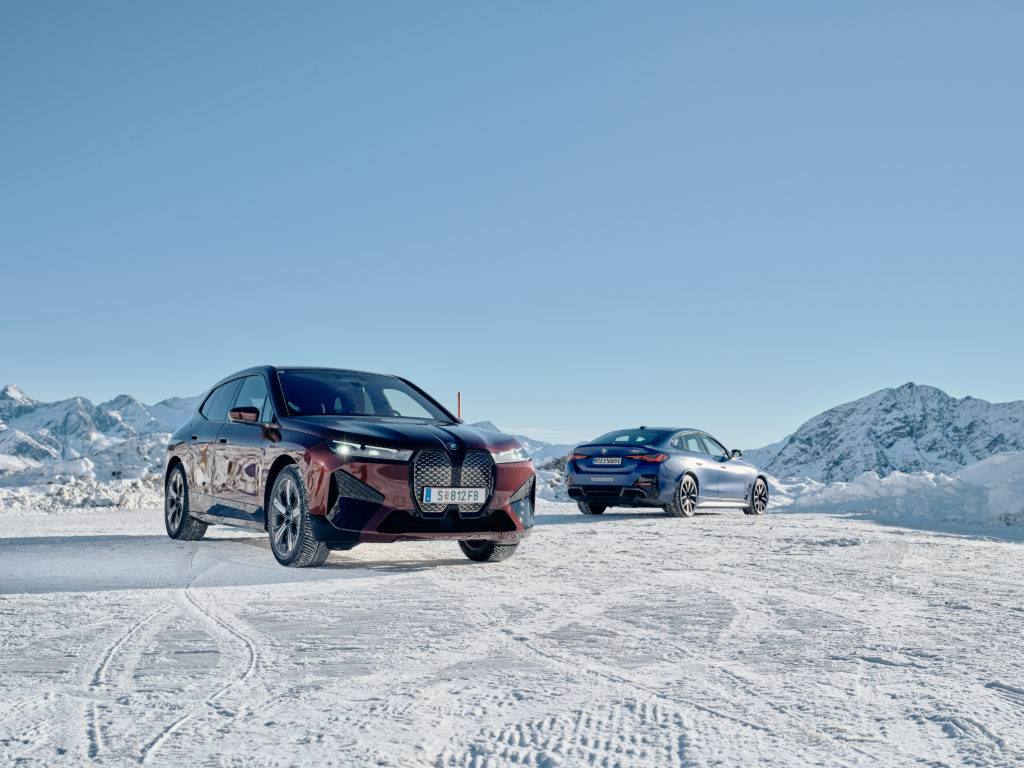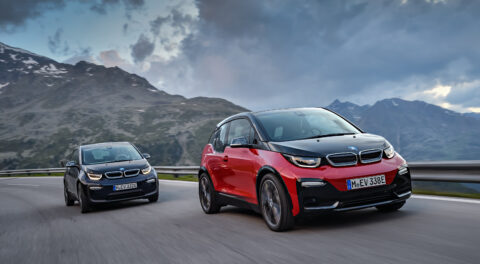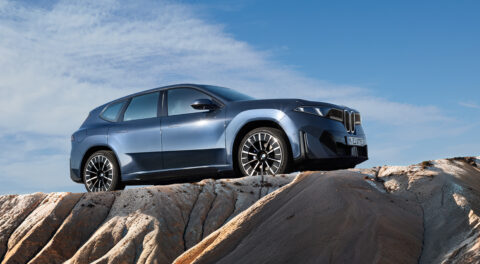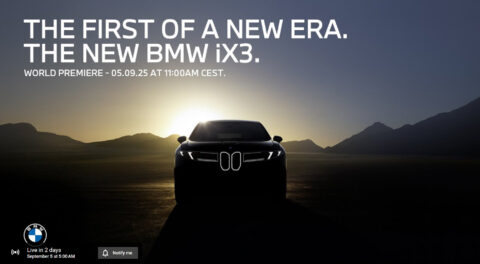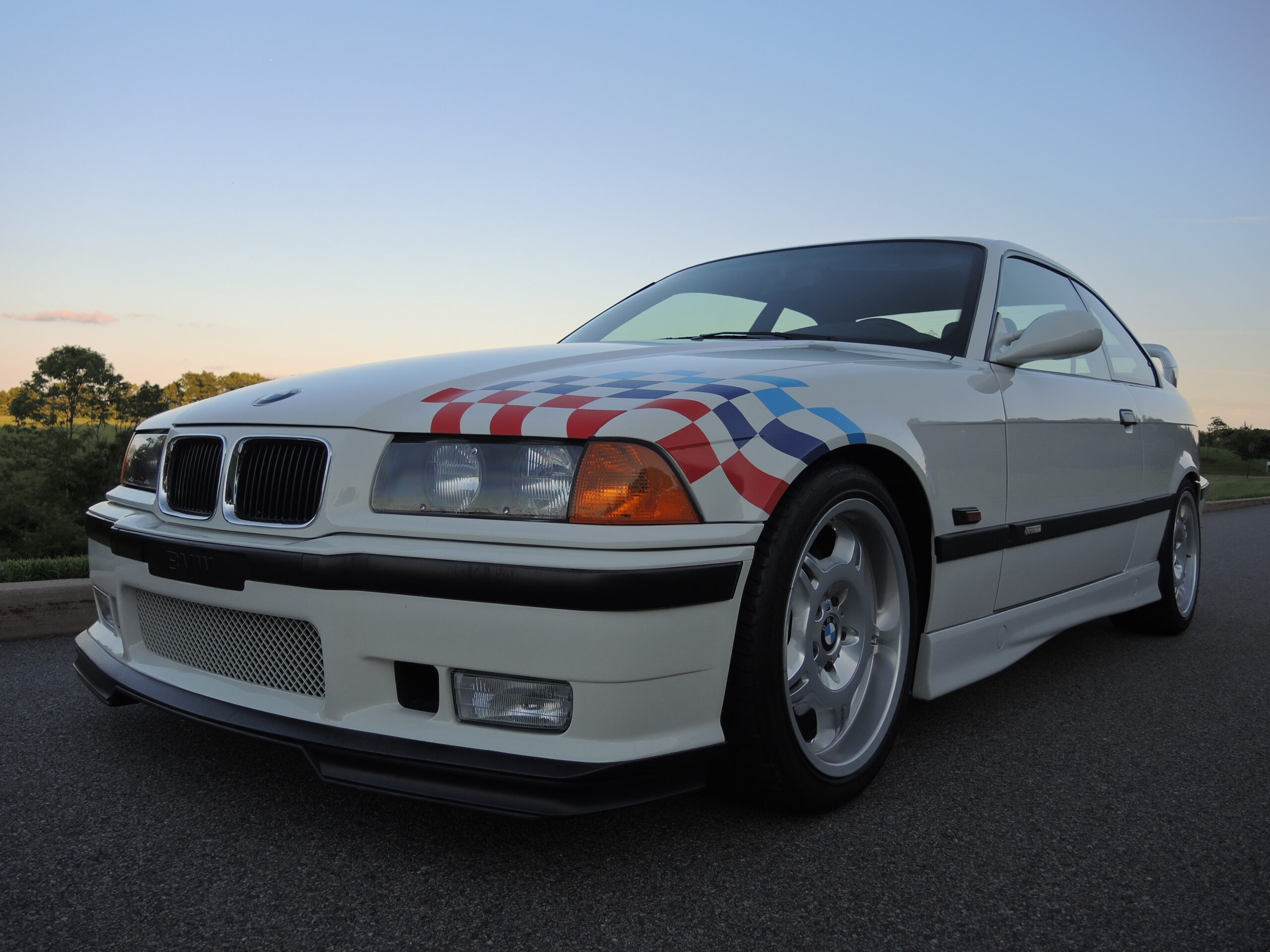As an automaker, BMW is not exactly synonymous with all-wheel-drive in the way that another particular German marque based in Ingolstadt is. Either way, BMW was only five years behind Audi in introducing it’s own all-wheel-drive system on the E30 325ix in 1985 (1988 for the U.S.), and the 525ix followed not long after in 1990. Still, BMW made a name for itself by building the most engaging cars to come out of Germany, and much of the magic was and remains tied to the exceptional balance made possible by rear-wheel-drive.
Now, with a firm footing in the modern era, BMW’s xDrive all-wheel-drive system is ubiquitous in the lineup, and is found on everything from the entry-level 2 Series Gran Coupé to the range-topping M8 Competition, the latter of which it is included as standard equipment.
In the growing array of electric vehicles, all-wheel-drive, thanks to individual electric motors for the front and rear axles, is also very common, and both of BMW’s latest production efforts in the realm come with the first electrical form of BMW xDrive. The electric version of xDrive is smarter, more adaptable, and more responsive than ever before, and allows for greater and more precise control over the entire system as opposed to a traditional design with a transfer case splitting torque from the transmission to the front and rear axles. With two electric motors operating independently, adjustments can be almost infinitely variable, thus allowing for optimal traction and driving stability in every driving scenario.
Drive Torque Control System: Driving Stability Control, Actuator Contiguous Wheel Slip Limitation
The i4 M50 uses two electric motors, or eDrive units as BMW refers to them, which allow for system output equivalent to 536 horsepower and 586 pound-feet of torque. The motor for the front axle develops 255 horsepower from 8,000 to 17,000 rpm, while the rear unit makes 308 horsepower over the same range. Unlike a traditional internal combustion vehicle with all-wheel-drive, the dual electric motors of the i4 M50 (and the BMW iX) are controlled by BMW’s Driving Stability Control which is linked to an all-wheel-drive-specific version of actuator contiguous wheel slip limitation and the combined charging unit (CCU).
The networking of these three systems and components allows the dual-motor xDrive system of the i4 M50 and iX to adapt based on parameters from which drive mode is selected, whether or not Dynamic Traction Control (DTC) is active, and, of course, road conditions based on wheel speeds, steering angle, driving speed, longitudinal and lateral acceleration, and yaw rate. The result is a system that ensures optimal traction in all driving situations, including those as varied as dynamic instances in which intervention thresholds are heightened to allow for greater rear wheel slip, for example, to scenarios in which traction is imperative for traversing snow or gravel. Much of the resulting driving experience and performance comes down to which motor is supplying more torque; for most situations, including spirited driving, the rear axle’s motor handles most of the workload, while for situations in which maximum acceleration is desired or inclement weather conditions are encountered, the front axle’s motor is of increased importance.
Combined Charging Unit Efficiency
Within the electric xDrive system of the i4 M50 and iX, the actuator contiguous wheel slip limitation is directly integrated with the CCU’s drive torque control system. Additionally, the CCU also includes electronics for both charging and driving. Together, the CCU and actuator contiguous wheel slip limitation system process parameters such as road surface friction properties, wind, uphill or downhill gradients, the vehicle settings of the My Modes and DTC, as well as the dynamic axle-load distribution. All of this means driver assistance systems can transmit interventions at speeds up to ten times faster than before and in a precisely measured way.
Depending on operating conditions and what is being asked of the vehicle, the CCU maximizes efficiency by deciding which of the two motors should be used and when. According to BMW, when moderate pressure is applied to the accelerator pedal, a continuously higher proportion of drive torque comes courtesy of the rear motor. When the vehicle is being driven in something resembling a constant state, like cruising on the freeway, the rear motor is solely responsible for providing power. These two scenarios effectively encapsulate the traditional rear-wheel-drive BMW driving experience, but with the added benefits of optimized efficiency in terms of the drive system and range. Full all-wheel-drive is, of course, always available, regardless of what driving mode has been selected by the individual behind the wheel; should conditions dictate, like during dynamic cornering on a twisted backroad, the amount of torque being generated by the rear motor is increased, allowing the front wheels to take more cornering force. If a wheel begins to slip, any spontaneous load demand is immediately met with a significant increase in drive torque from the front axle.
Energy Recovery
Although the BMW i4 M50, iX xDrive50, and iX M60 all have a specific tilt towards performance with well over 500 horsepower and 500 pound-feet of torque, as electric vehicles lugging around heavy battery packs, they still need to be efficient. The fully-electric xDrive system of these models allows for precisely controlled energy recovery while optimizing driving stability and efficiency. Within the system, both the front and rear motors can send energy back to the high-voltage battery by acting as generators when conditions dictate, and the transmission of this energy is delicately controlled to prioritize stability and efficiency at all times.
In greater detail, the motor for the rear axle is prioritized in terms of energy recovery, but through curves and in adverse conditions, the front axle’s motor actually provides greater energy recovery. Similar to how drive torque can be split quickly and with enhanced precision between the two motors, so too can energy recovery. During deceleration, when the opportunity for energy recovery is at its greatest, the aforementioned torque drive control system also works to guarantee a smooth and stable experience. Drive Stability Control (DSC) also helps prevent instability originating from too much braking recovery force, but interventions on the part of the traditional hydraulic brake system remain imperceptible to the driver, including brake pedal feel, which is aided by the integrated braking system.—Alex Tock
[Photos courtesy BMW AG.]

